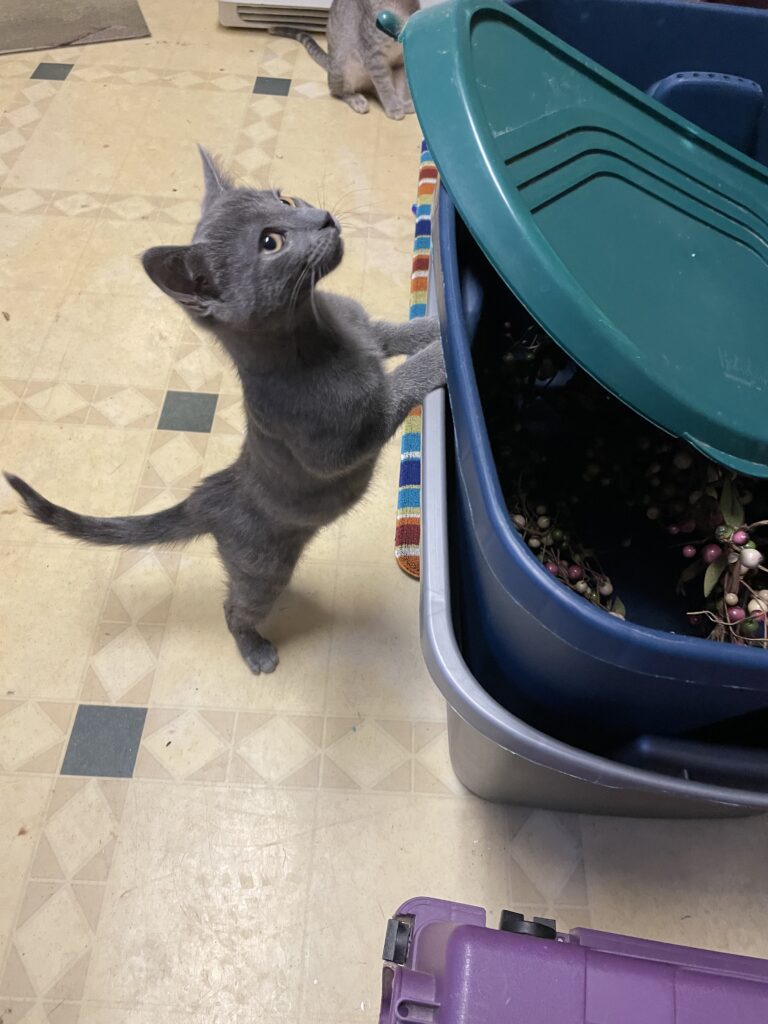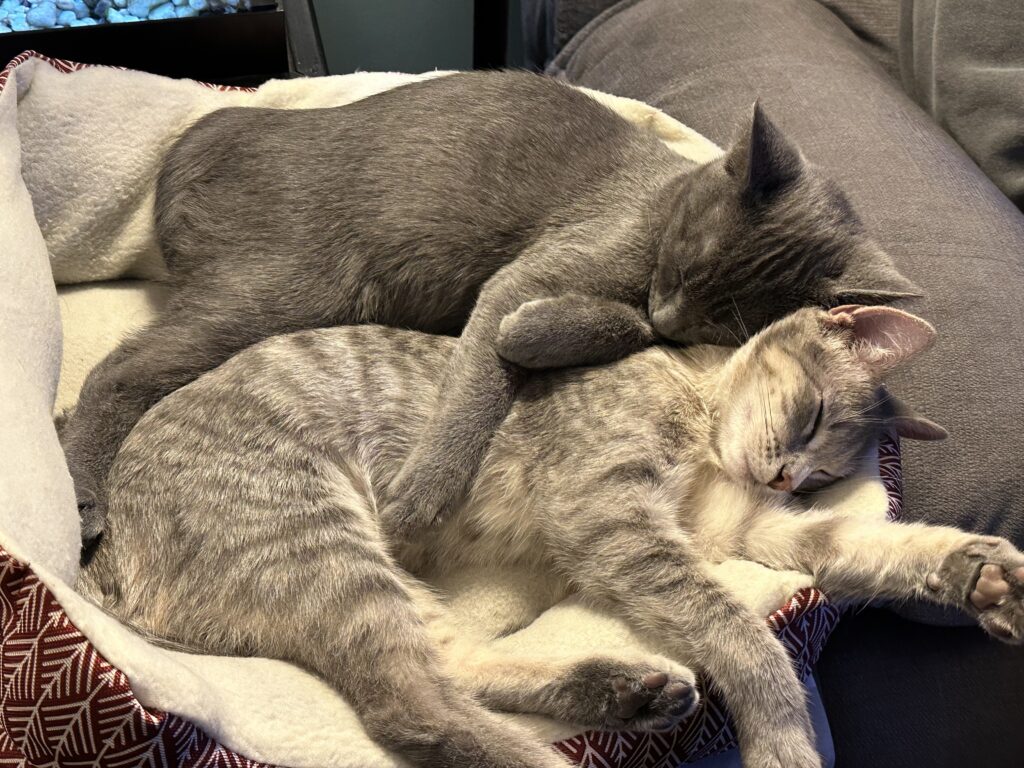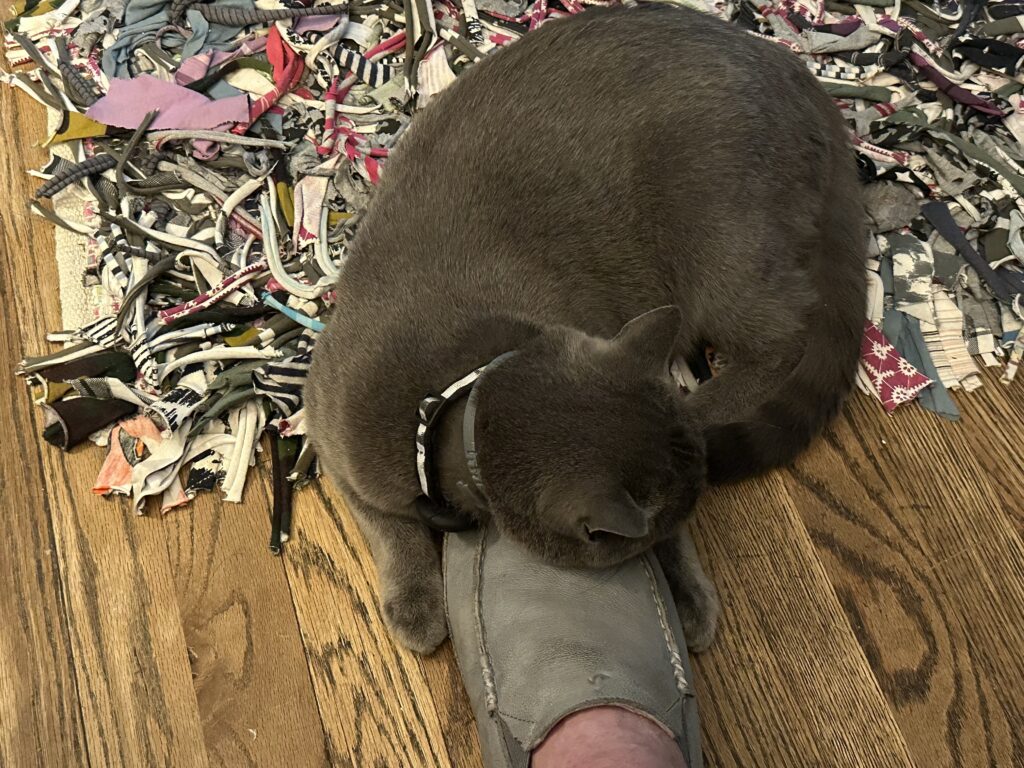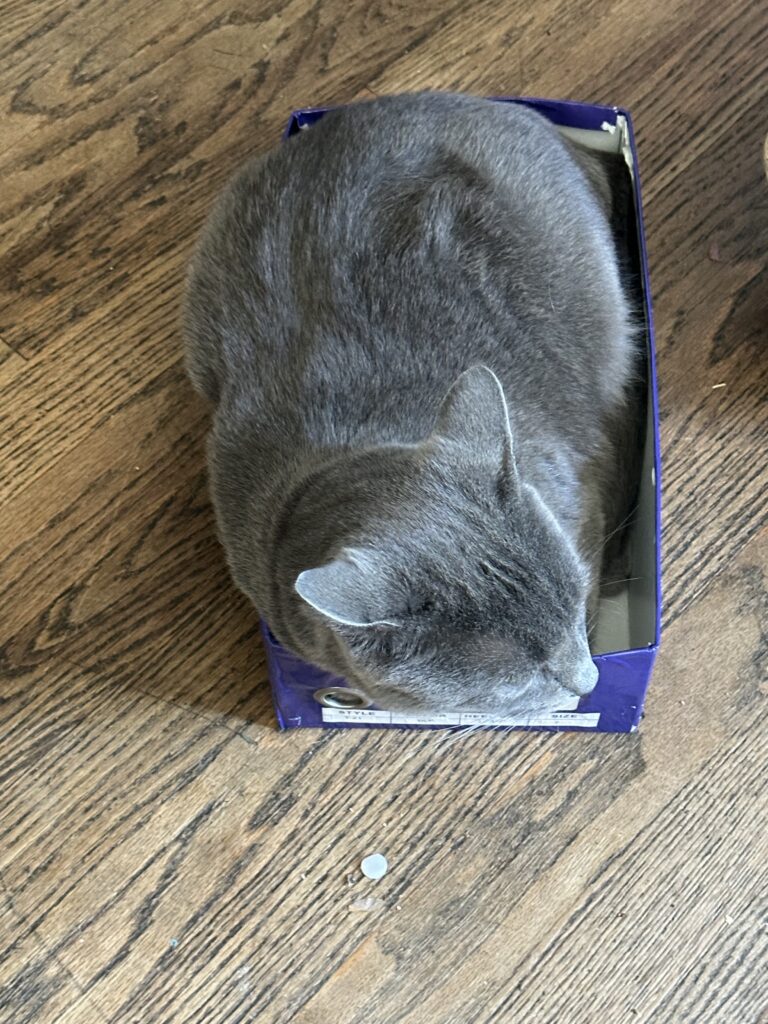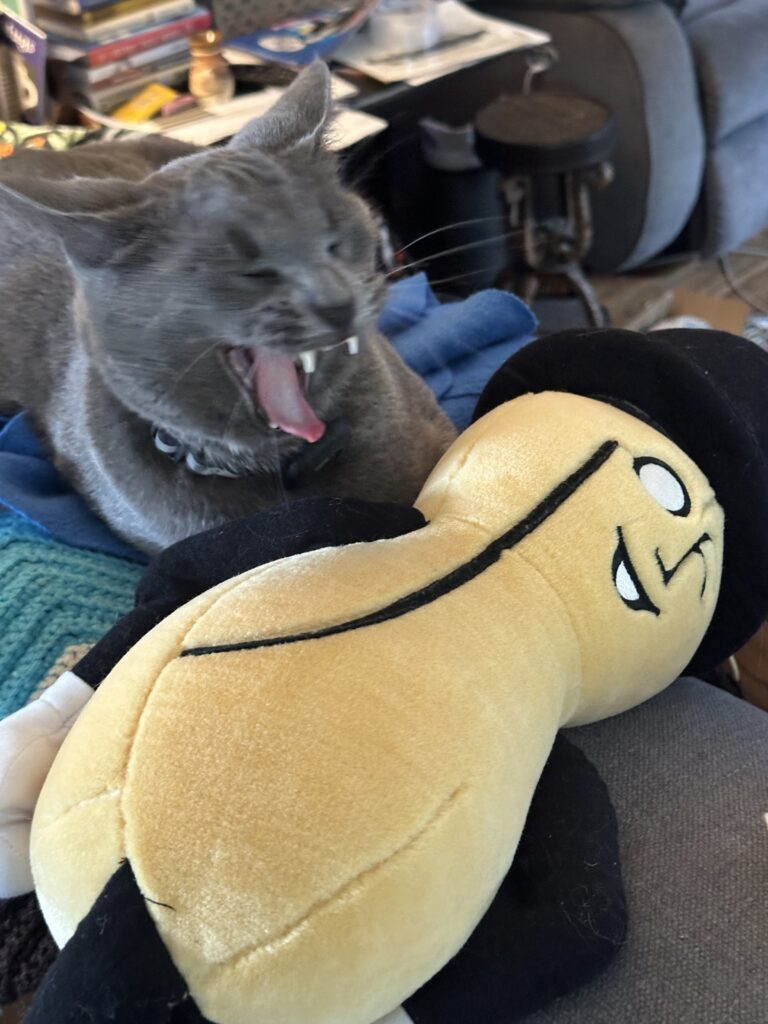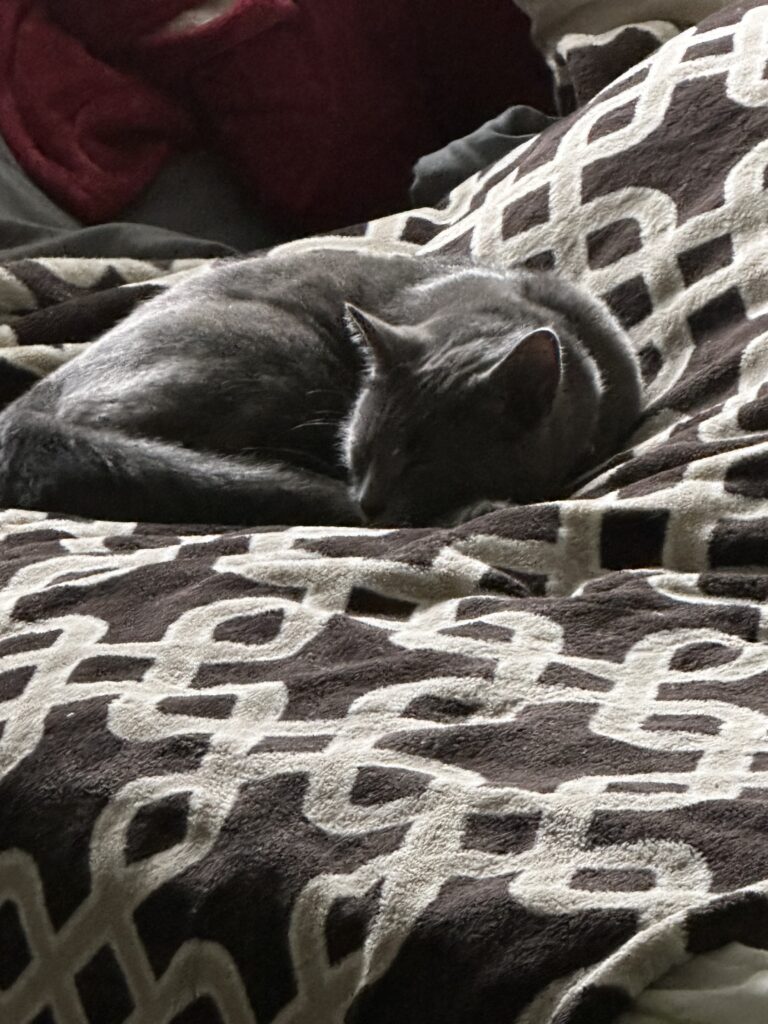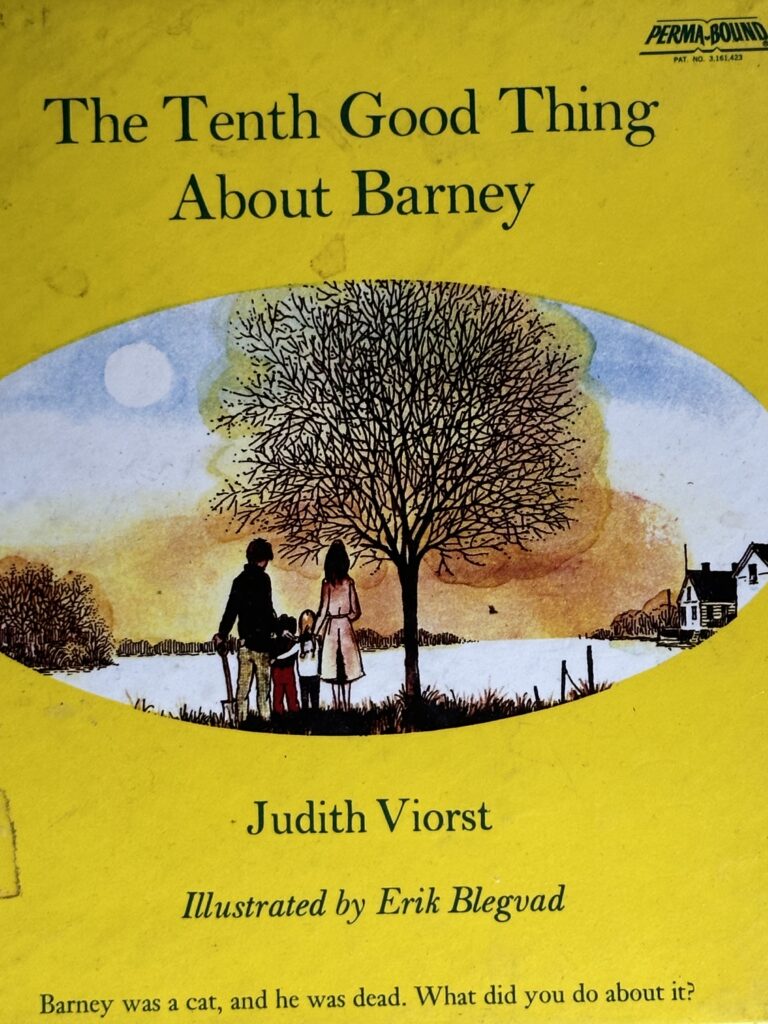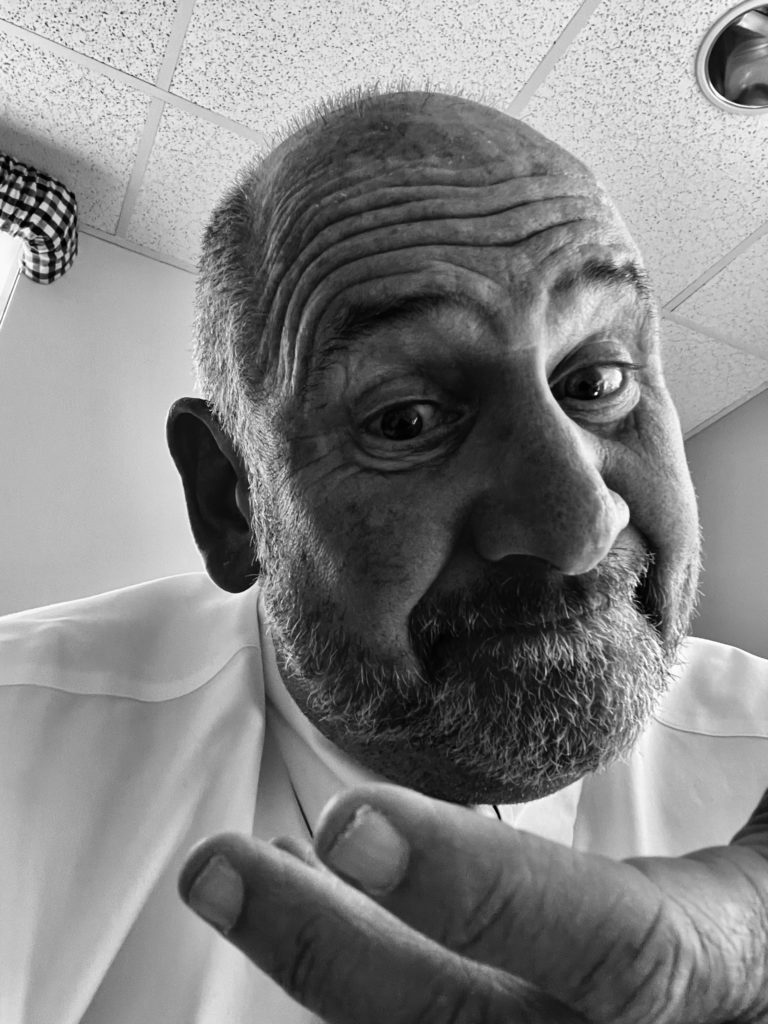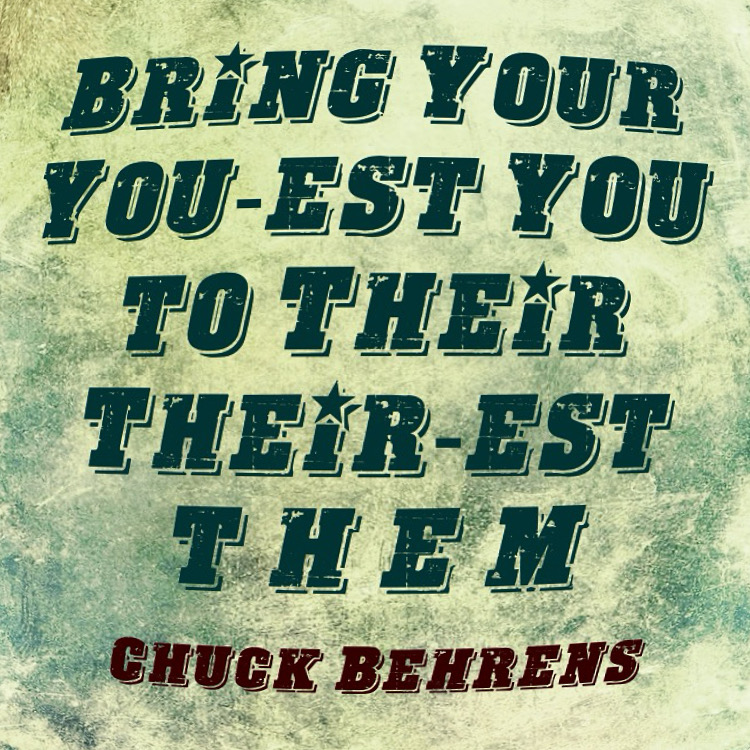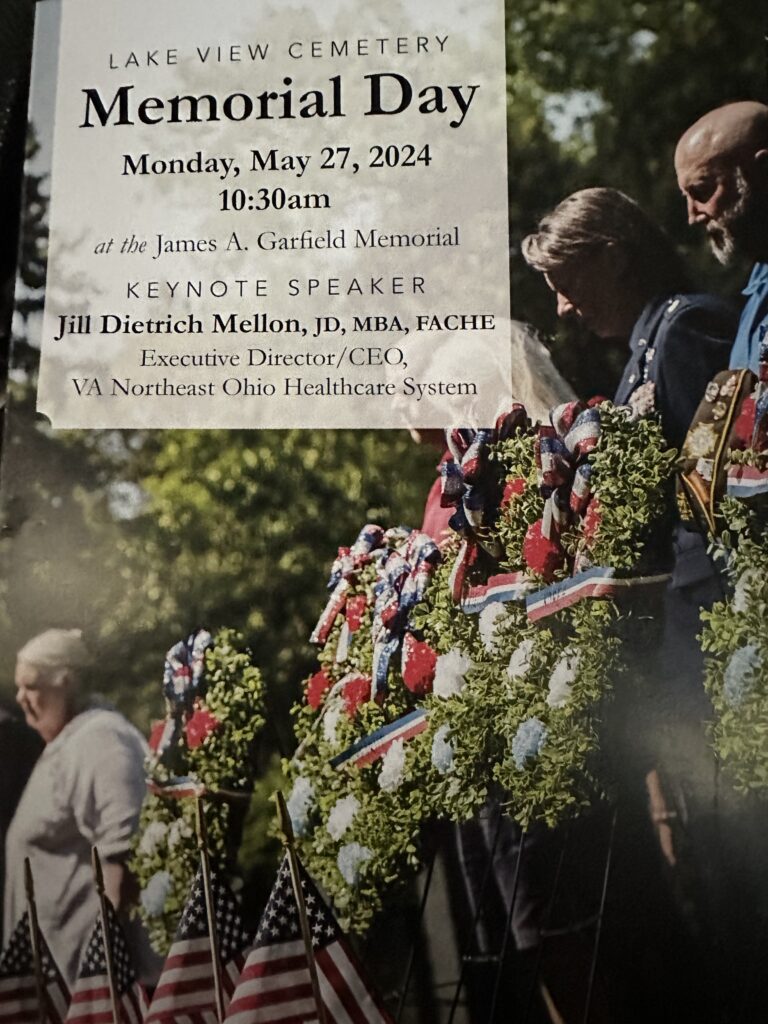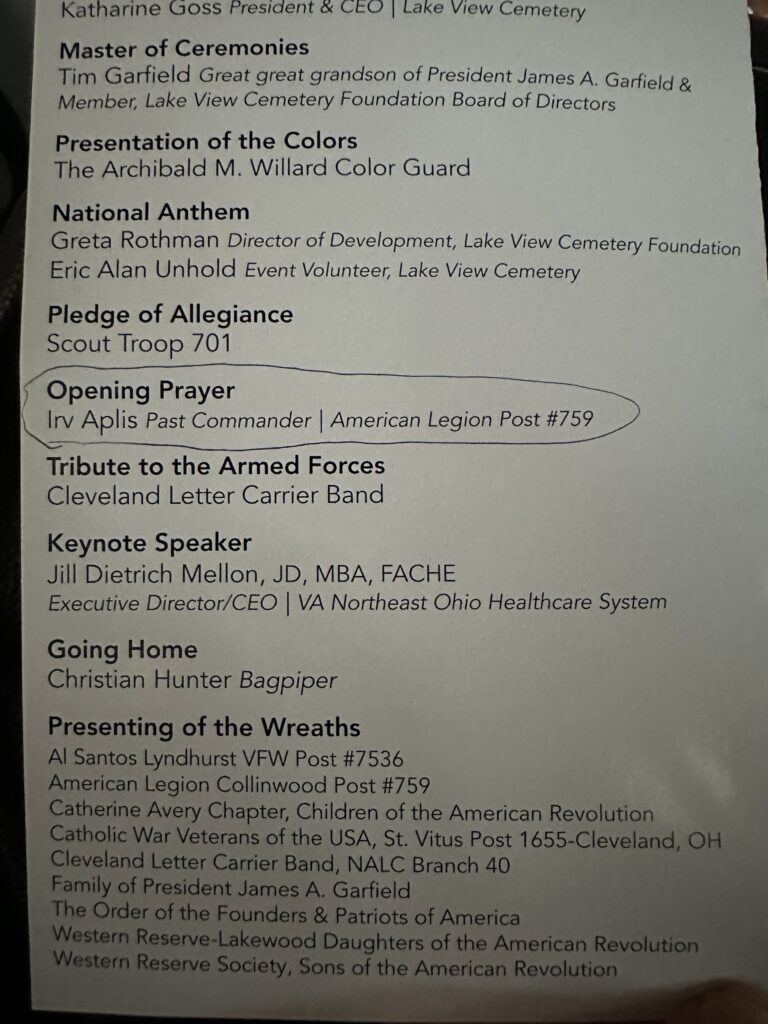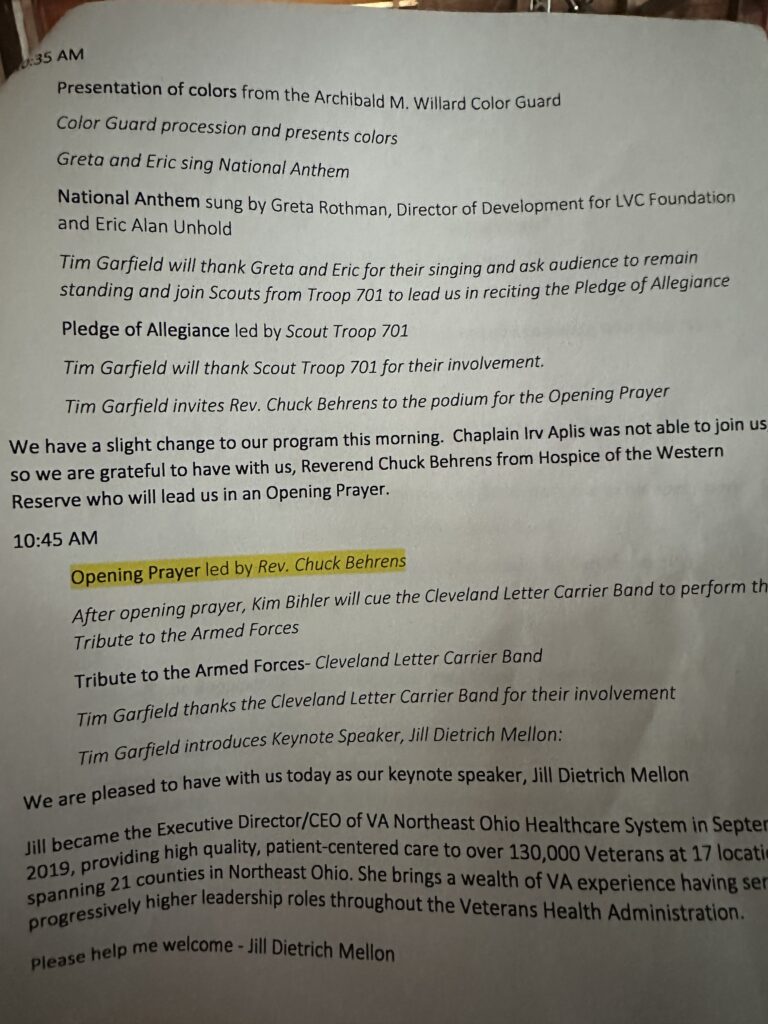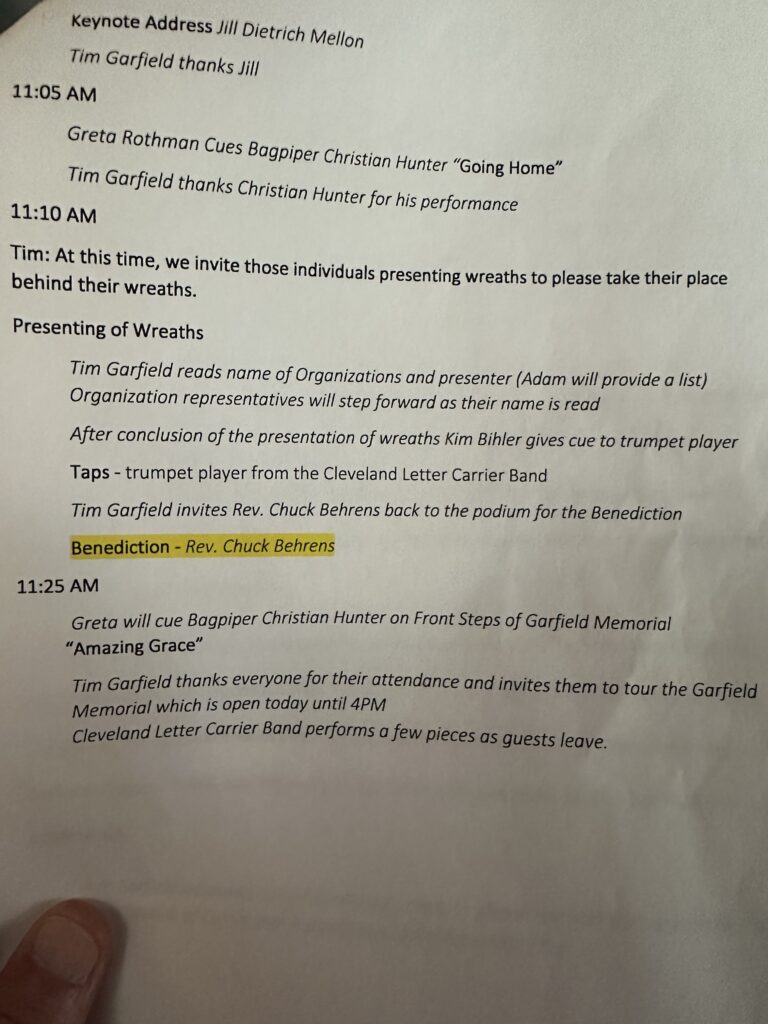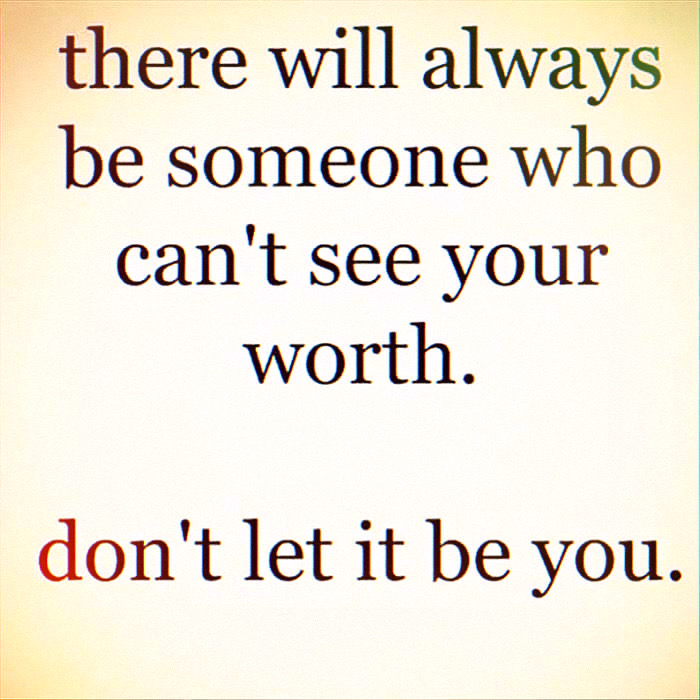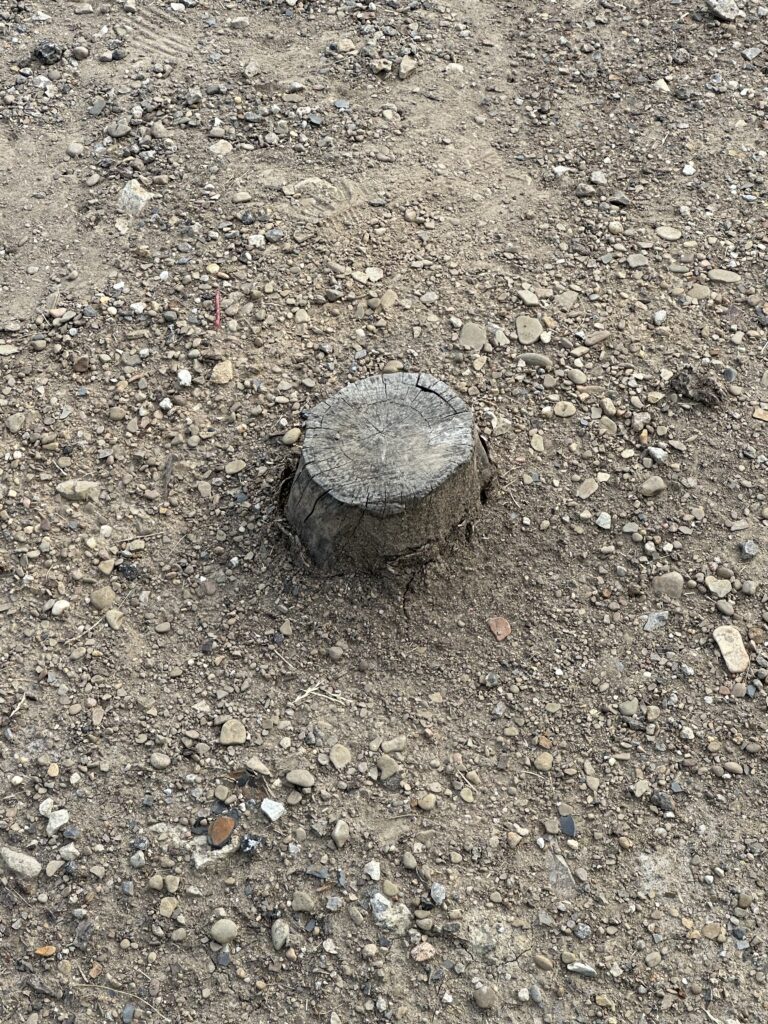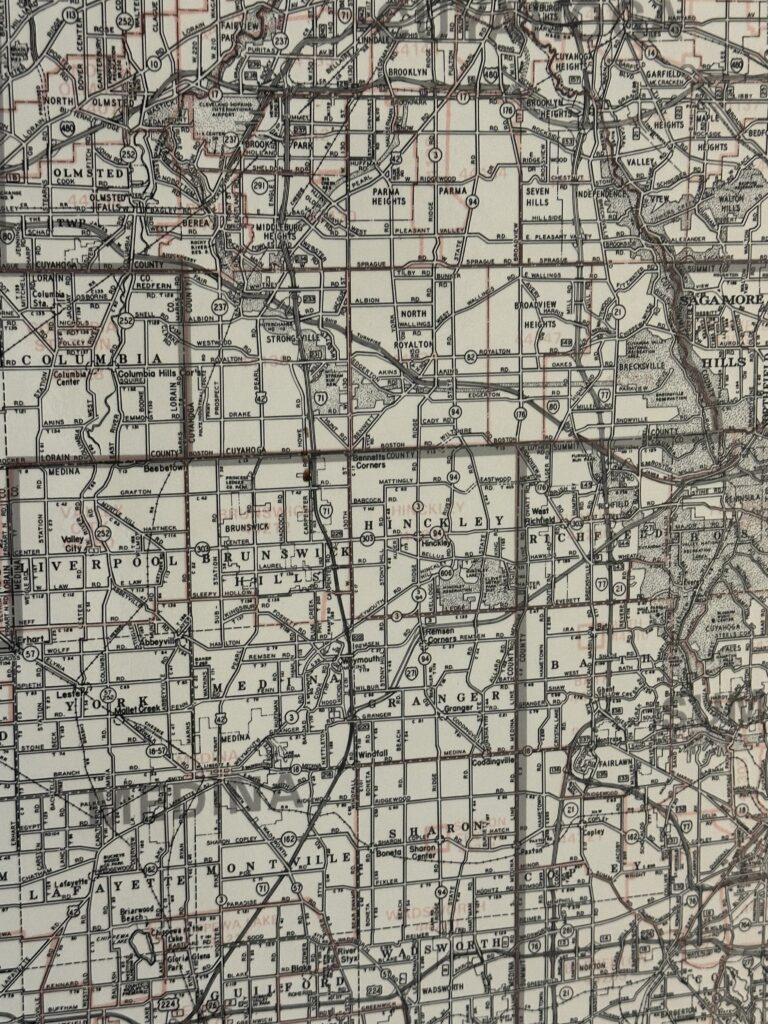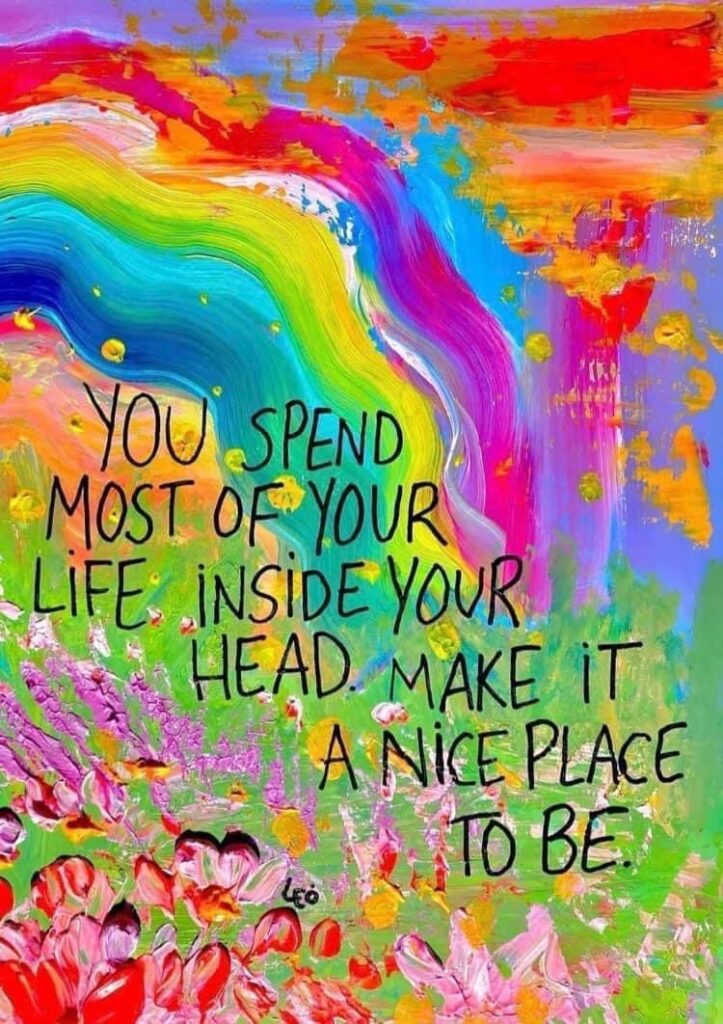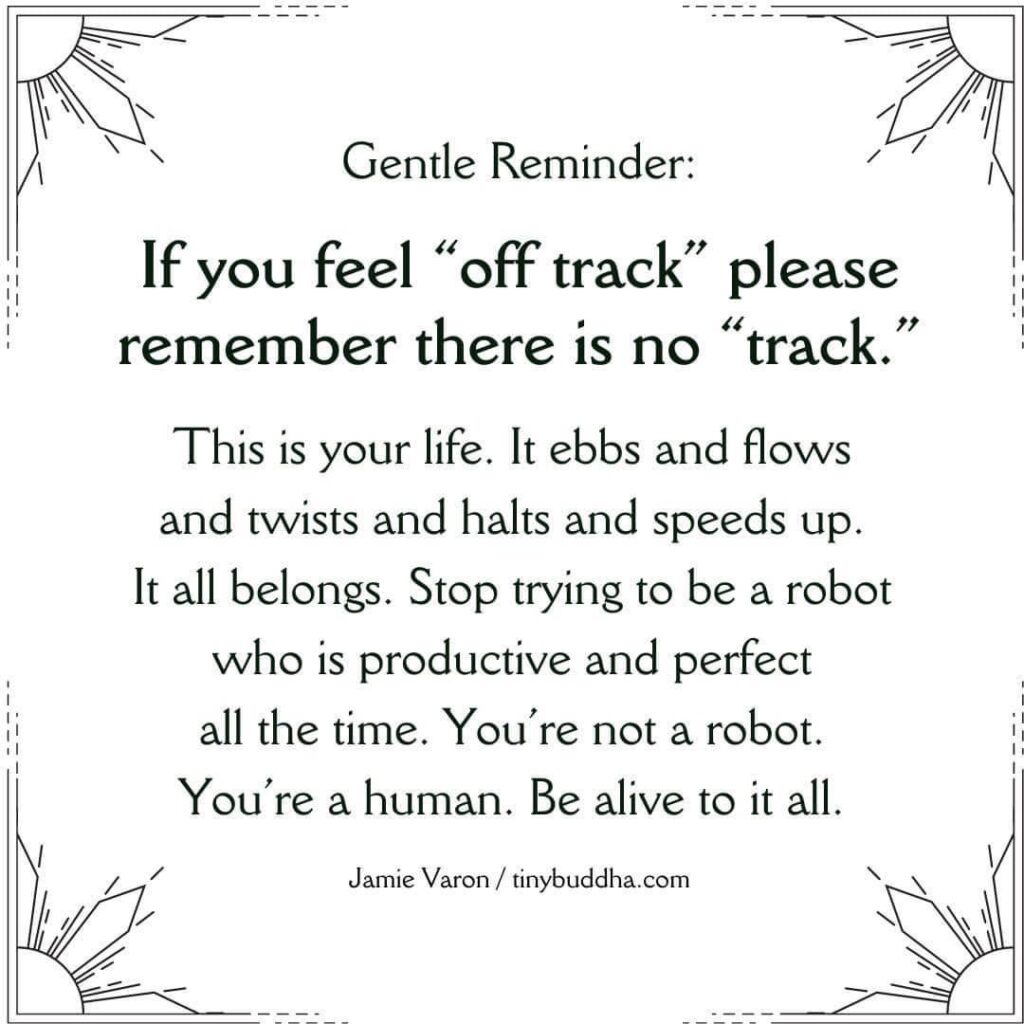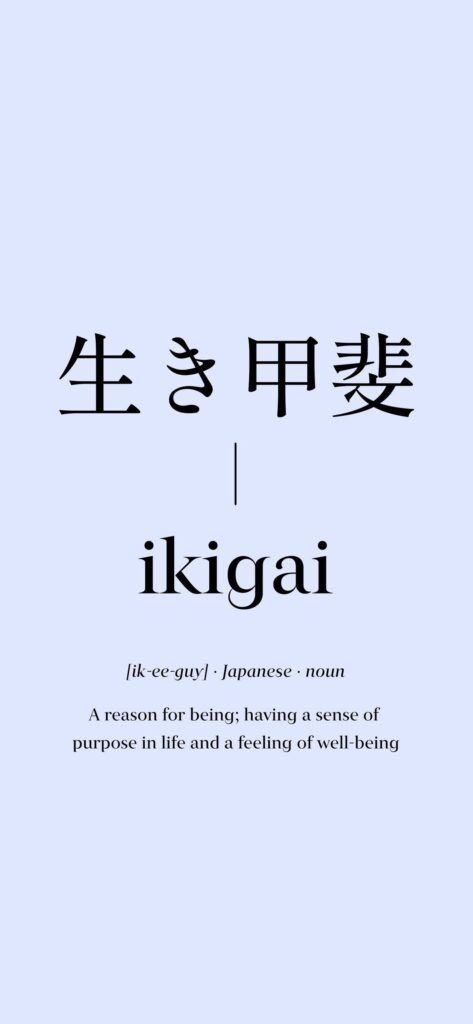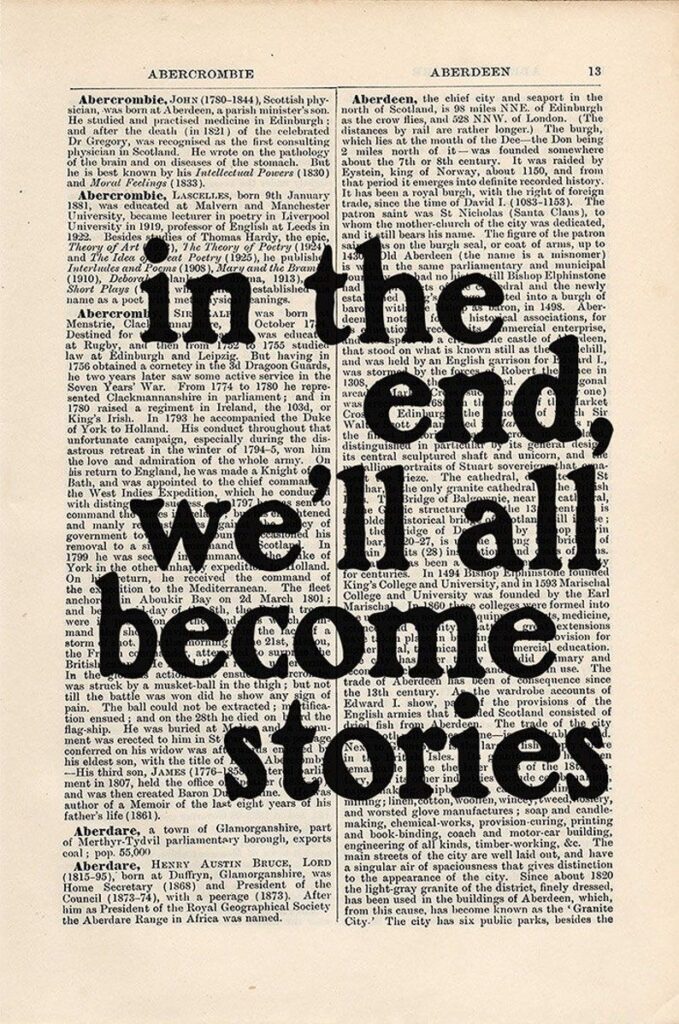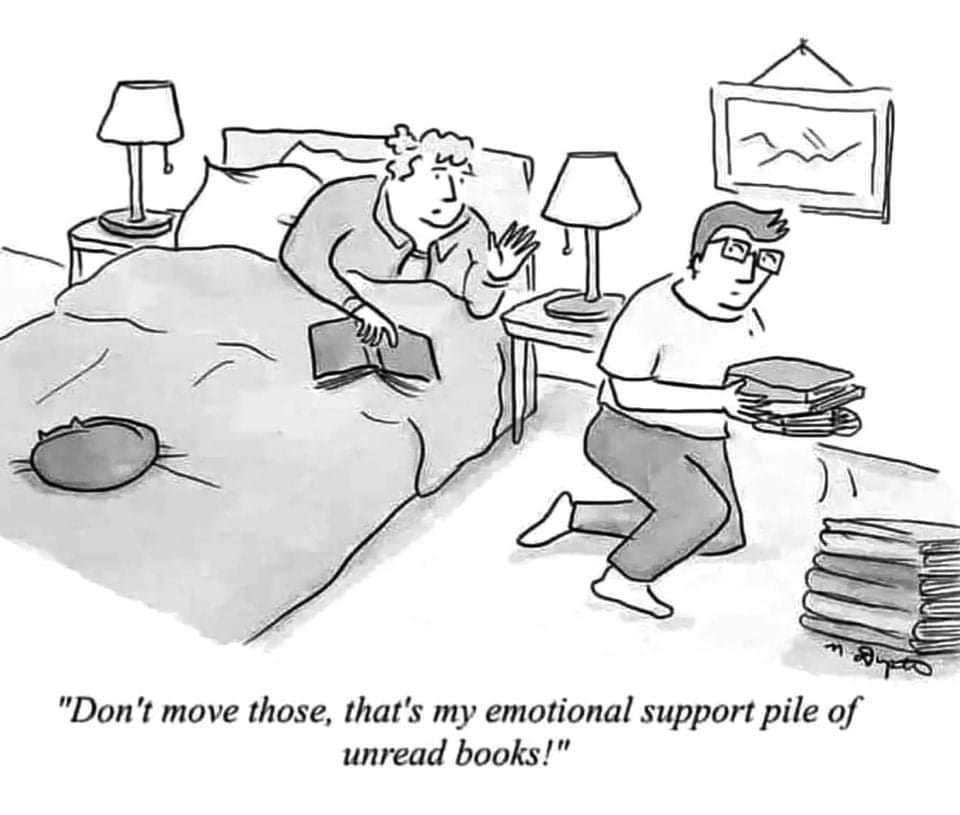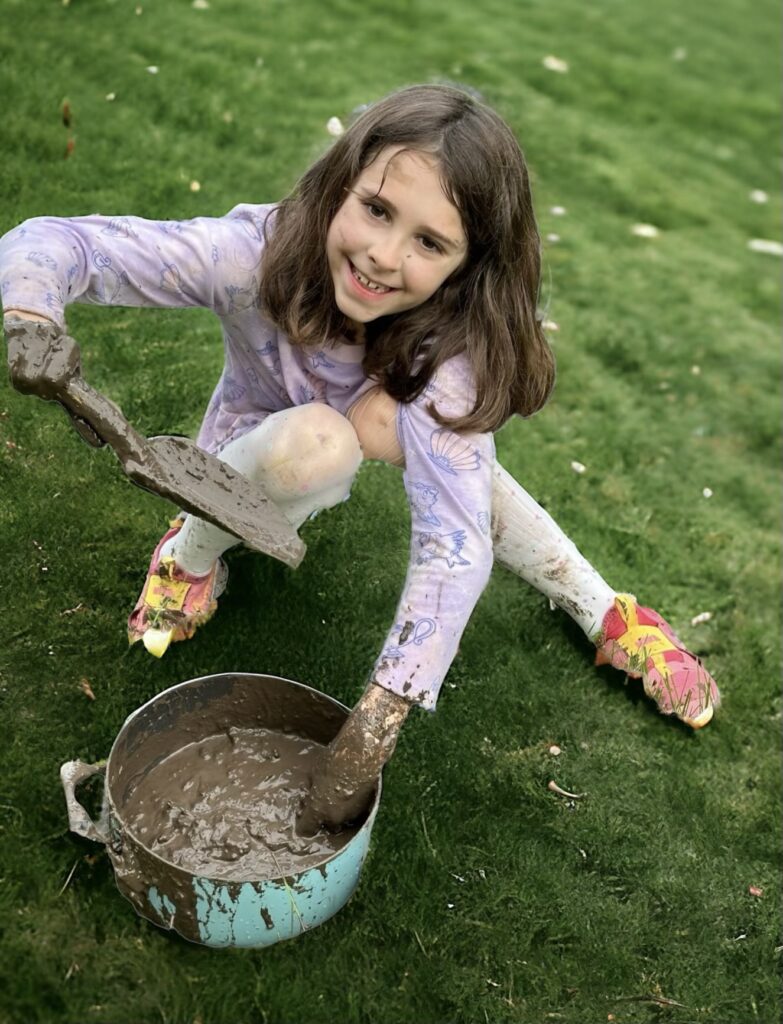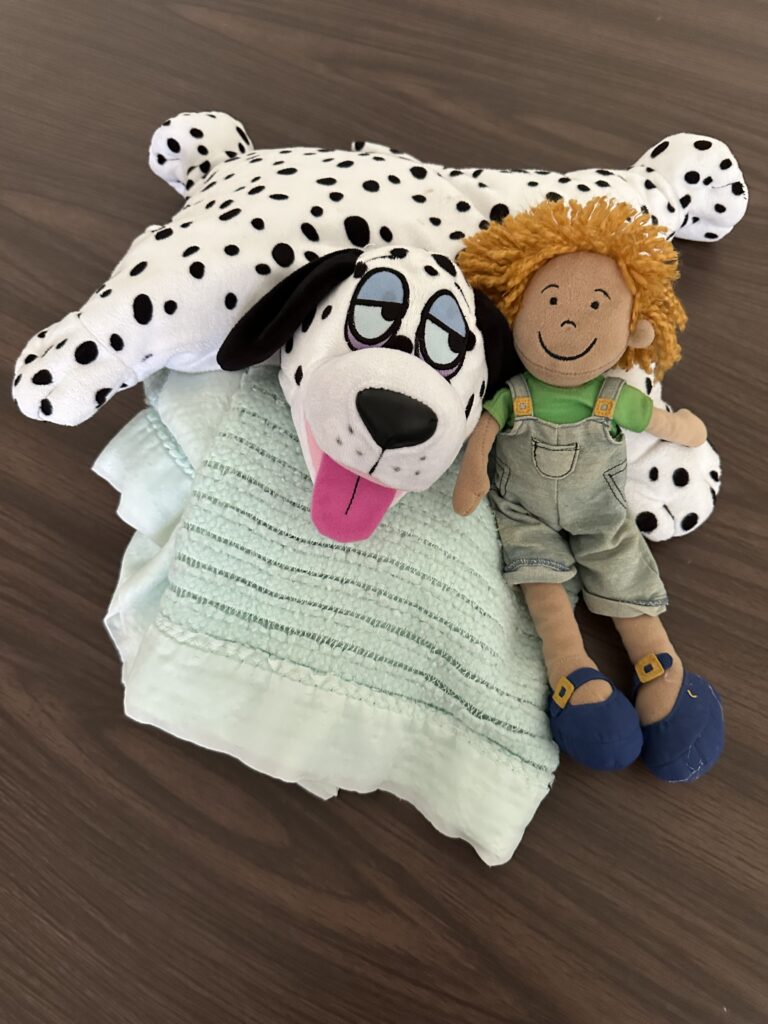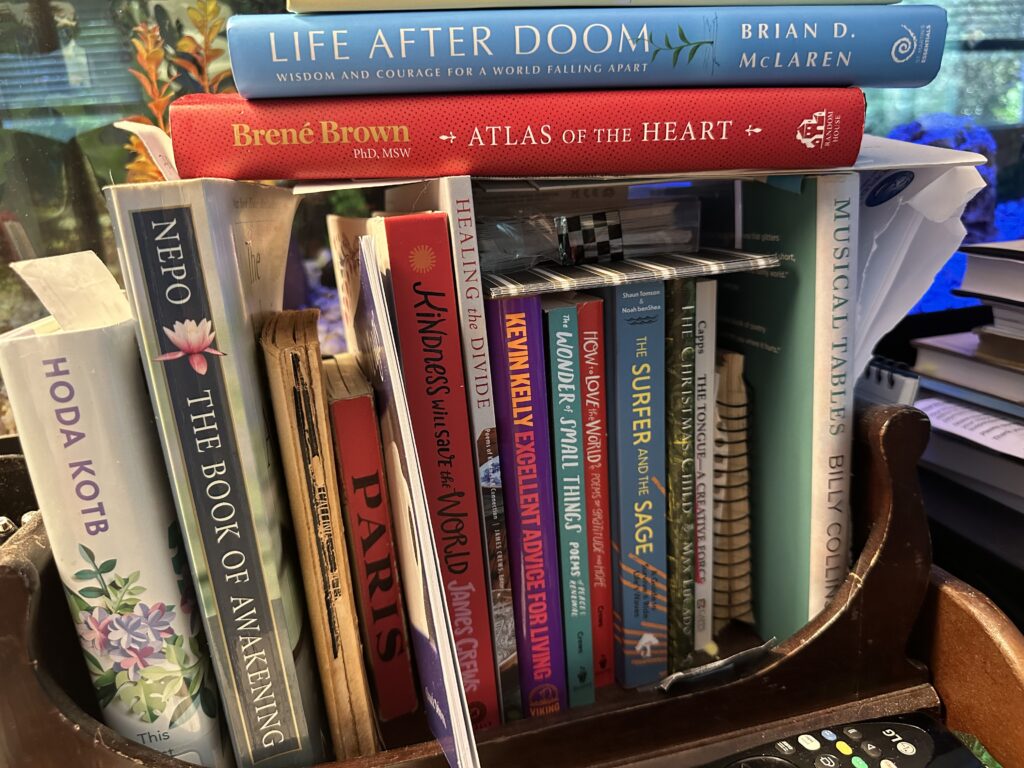If we were mandated to look at all things, literally to just pause, to take a moment and look at all the things that we miss in just a moment, we not only would be a appalled, we would be embarrassed by what we don’t see or worse by what we don’t recognize because we are just too busy; we don’t have time or take the time and besides it’s just dew on a small little leaf so what? Indeed, so why take just a moment for the moment to change you, that you may be changed by it, in just a moment. Not an hour. Not a day. Not a 30 day intensive program; No. just a mere minute moment. . .
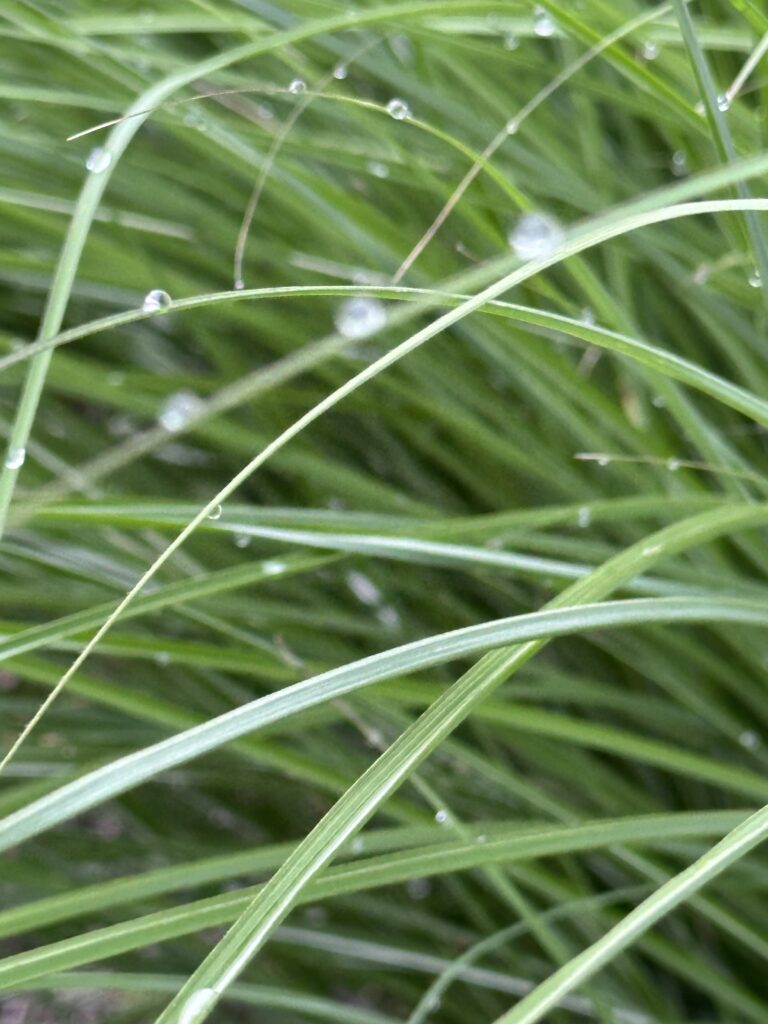
THE SO WHAT OF DEWIt’s too delicate to even be a drop of rainIt clings to a small stem of tall grassas if all of life eternal dependedon it never letting goIt withstood the traumaof being brushed up againstand worse, The deep wound ofBeing unnoticedStill, this small dribble of dewinvites in a moment of your timea slice of opportunity to know like it,You too, may be unnoticed,
but have the power of just a moment
to give AnotherA piece of Waiting to just Wonder
A sliver of Stillness
Serenity smidgens
to know that the so what of dew
is really a so what of you.
